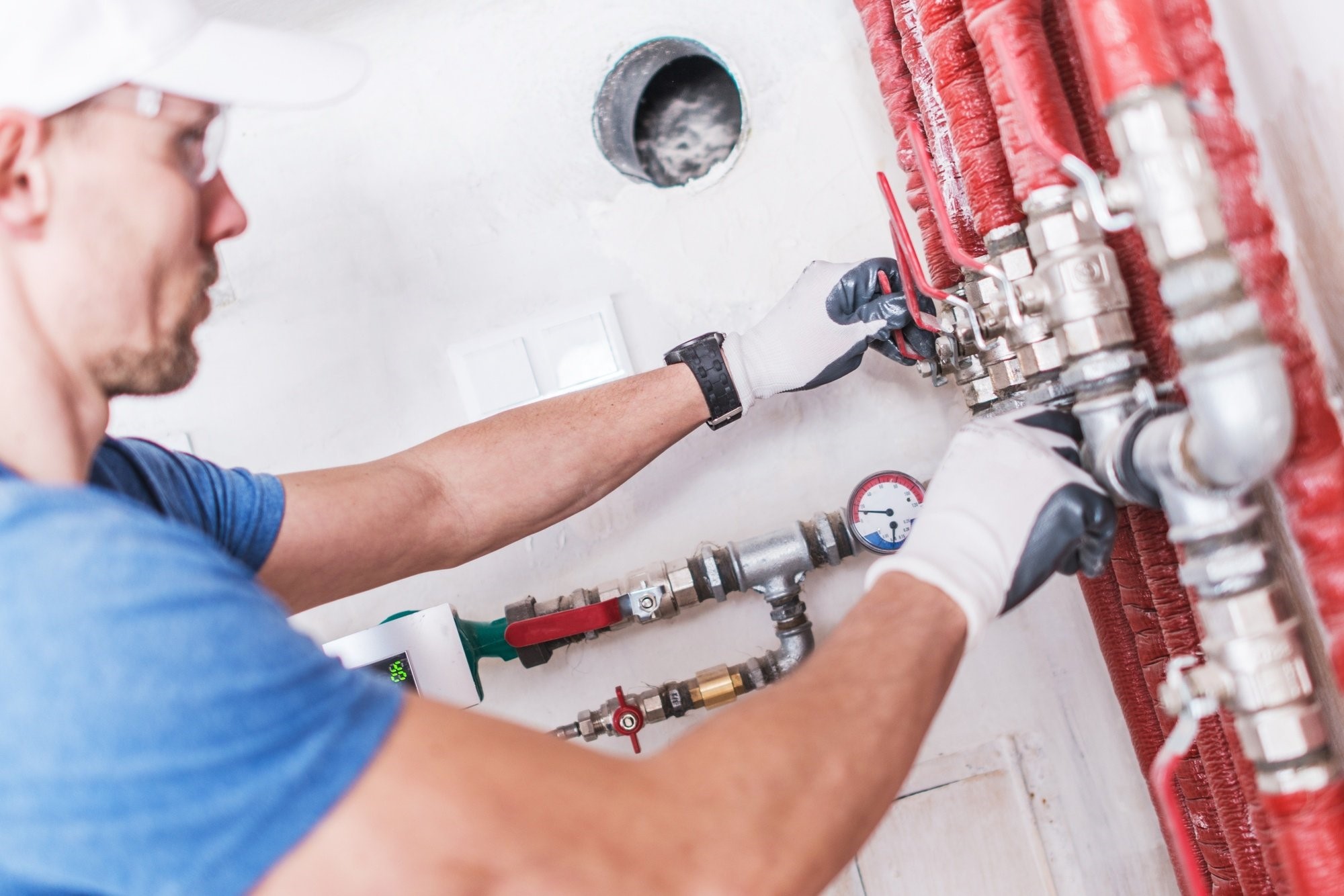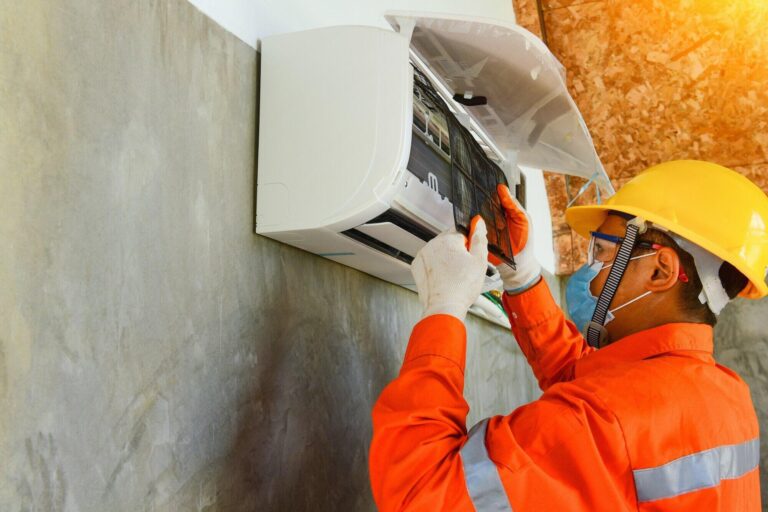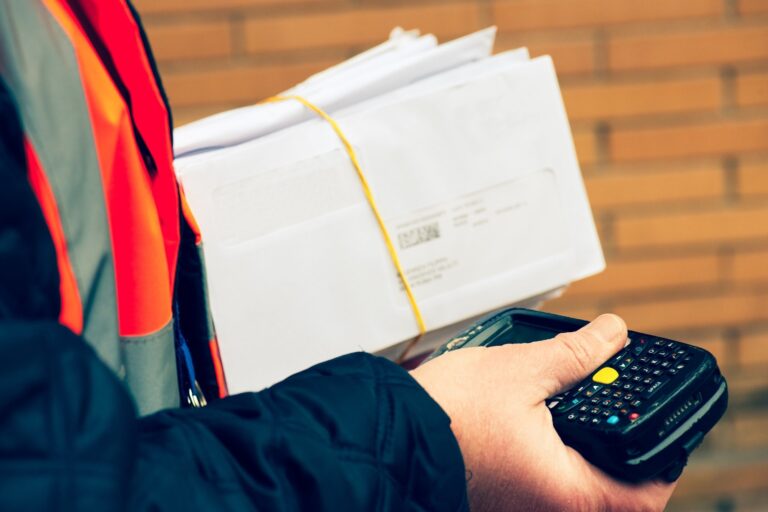What Is Backflow Testing?
Are you familiar with the practice of backflow testing? If not, it’s imperative that you are.
Concrete data is immensely important when it comes to the safety of your water. If a building has a contaminated backflow prevention system, then the occupants can be exposed to hazardous water.
By making sure that the system is tested, the water protection is boosted. Due to the pivotal role of backflow testing in safeguarding drinking water, it’s important that you understand what it is and how it works.
Keep reading to know more about what is backflow testing.
Overview of Backflow Testing
A backflow test is a way to see how well backflow control devices in water systems work and if they are still in good shape. Backflow prevention devices are put into pipe systems to stop water from running backward and contaminating the potable water supply.
Backflow testing involves checking and analyzing these devices to make sure they are doing their job and stopping water from flowing backward
Types of Backflow Devices
Backflow prevention devices come in many forms. Each type is good for a different job and serves a different purpose. It’s important to know what kind of equipment is in your water system and how it works.
For instance, RPZ valves are one of the strongest and most effective ways to stop an overflow. RPZ valves are often used in places where there is a high risk of backflow, like in factories or on properties with watering systems.
The double-check valve is not as complicated as an RPZ valve, but it still works well. These valves are often used in both homes and businesses, for things like fire sprinkler systems and water lines.
An atmospheric vacuum breaker is a simple, low-cost device that keeps water from flowing backward. It is often used in low-risk situations. They are usually found in homes, where they are used for things like yard hoses and outdoor faucets.
Testing Equipment
For backflow testing, you need special tools to accurately measure the difference in water pressure and to mimic backflow conditions. You should hire qualified testers who have the right testing tools at their disposal. This includes things like pressure gauges, flow meters, and devices used for modeling.
If you don’t have such equipment, you can find experts to hire on websites like Quickproplumbing.com. Professionals can provide backflow testing services that will make sure that tests are done correctly and regularly. This will help you figure out if backflow prevention devices are working right.
Frequency of Testing
The frequency of backflow testing varies depending on factors like the type of property (residential, commercial, industrial) and local regulations. Some regions require annual testing, while others might have longer intervals. It’s crucial to know the testing schedule mandated by your local authorities.
Understand What Is Backflow Testing
Backflow testing is essential to ensure the public never encounters any public health issues from contaminated water. Learning all about what is backflow testing including how frequently it must be done can help in protecting our clean water. Act now to ensure the safety of our drinking water by having a qualified backflow technician perform a backflow test at your location.
Is this article helpful? Keep reading our blog for more.







